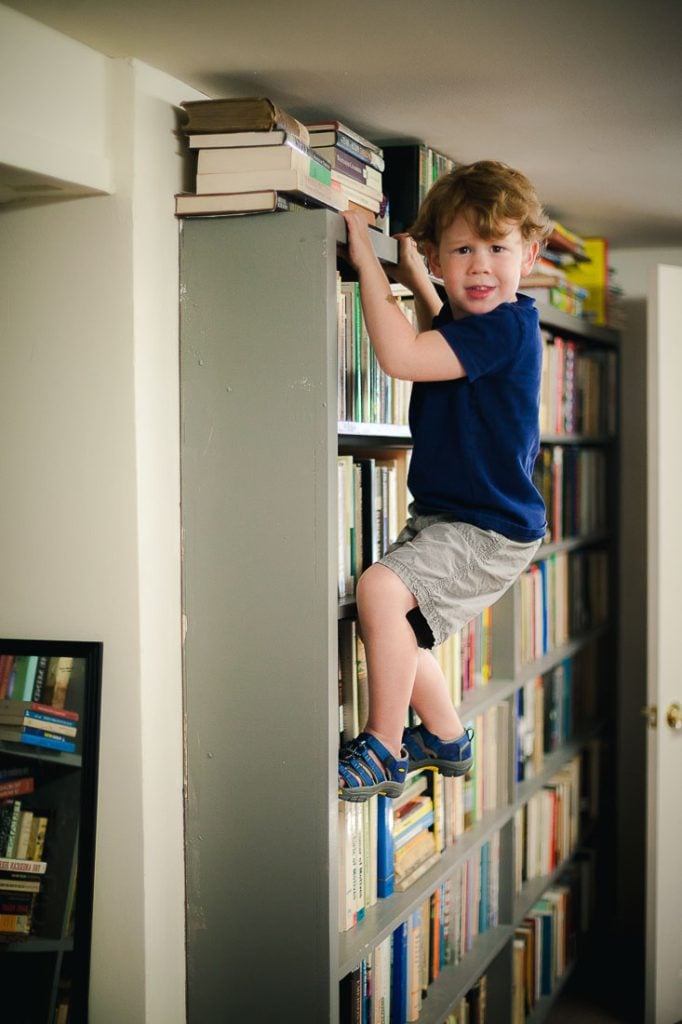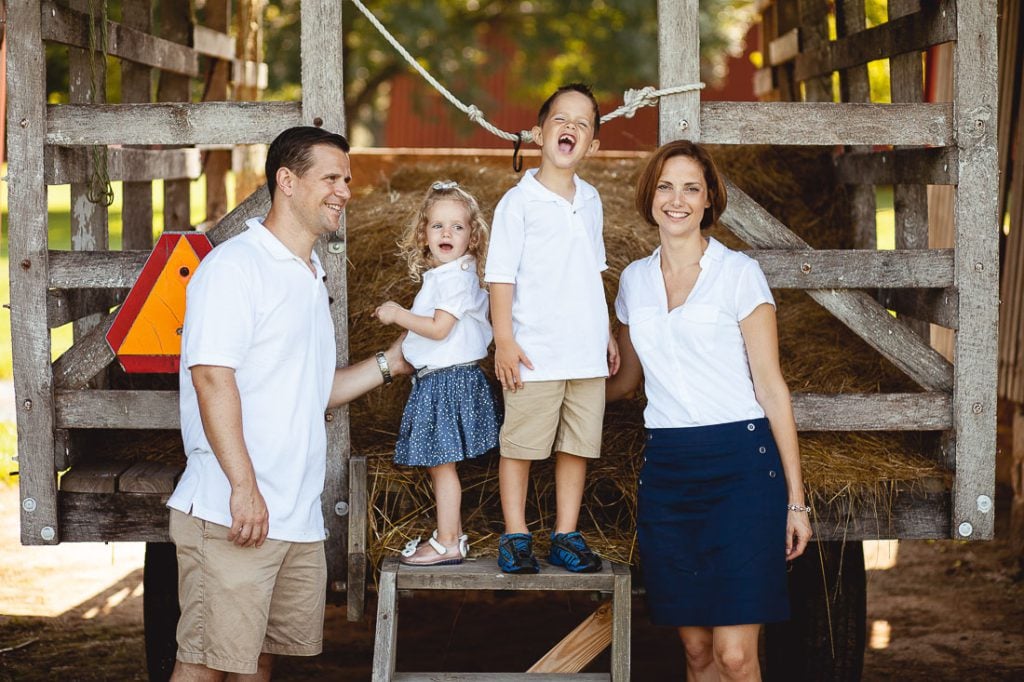I am an uncle to 8 kids between the ages of about 1 and 16, who all visit regularly. I know as well as you do that kids are rambunctious. There’s nothing wrong with them, they’re just being what they are: kids, learning about their world. Unfortunately, more often than not, when I get to work with an energetic and rambunctious child, I also usually have to work with anxious, sometimes embarrassed, and often disruptive parents as well. There’s irony in there, if you can appreciate it.
I can see these are parents who very, very much love their children, it’s obvious. But a “photographer’s schedule” maybe creates the feeling of stress and they probably just really want their family to be the best version of themselves for their portraits. In the moment, I hear parents say things like “smile for real!”, or “Give the photographer your real look!”. I think in a less emotionally hectic moment, they would realize that that’s a pretty silly thing to say, especially to a 2 or 3 or 4 year old. What do those things mean to a kid?
That kid is trying to decide what real is! Piecing together clues from their experiences is how children do it.
When I arrive at a session and meet an especially energetic child, I don’t see a kid without any discipline, as I think their parents sometimes fear. What I see is a kid testing out their individuality. I see them trying out the world. The thing is, this is possibly the most fundamentally real part of who your child is. For a child, this experience affords them a chance to press boundaries, to show off, to try themselves out. The trying out is who they are right now. If you ask me, that is much more photo-worthy than the ‘real smile’ their parents keep talking about.
 In my experience working with families, most parents respond to their frustration with their child by ramping up their efforts to cajole the child into compliance. This pretty much never works, and more often than not it backfires in sullen looks from the children. Most parents agree that it’s important to teach children discipline and respect, but a portrait session is not the time to emphasize that lesson.
In my experience working with families, most parents respond to their frustration with their child by ramping up their efforts to cajole the child into compliance. This pretty much never works, and more often than not it backfires in sullen looks from the children. Most parents agree that it’s important to teach children discipline and respect, but a portrait session is not the time to emphasize that lesson.
I think there is a better approach that the parents of very active children can accept. It starts with understanding that during a portrait session, the children, no matter what, are always in charge. You cannot mandate that they look happy, or that they act loving toward their family. This is a power they use, and in this situation, it is their greatest bargaining chip. They get all kinds of things out of mom and dad. Candy, toys, trips to Chuck-E-Cheese. I’ve seen it all. But the thing is, what they really want is to be heard and taken seriously. They want to feel like they’re important.
So, instead of attempting to convince a child to act in a certain way or sit in a certain place, let the child lead the way. For example, sometimes with very energetic children, I will start by asking them to show me their toys. Once they’re comfortable, and they’re engaging, we can build our first family portrait around the child’s stack of toys. This helps the child start, not just in a low pressure environment, but by actually helping them feel like they’re important and involved. After that, I might ask the child to show me his sister’s room, or show me where he watches TV.
With the child leading the way, they’re almost always happier and more engaged. The resulting images can, of course, be less than traditional, but the value is lasting in a way that the perfect traditional photo just never could.

